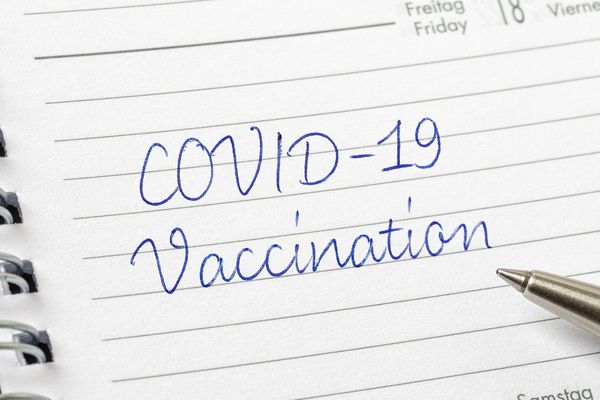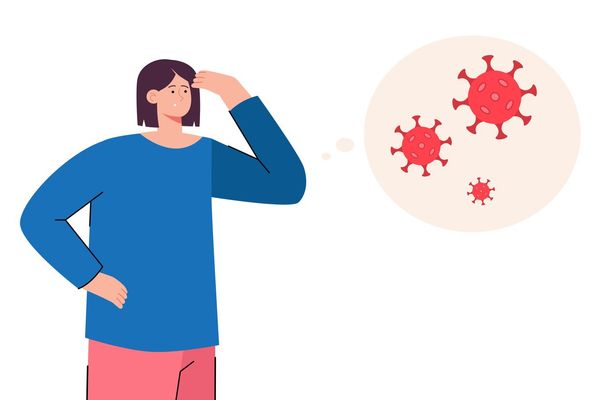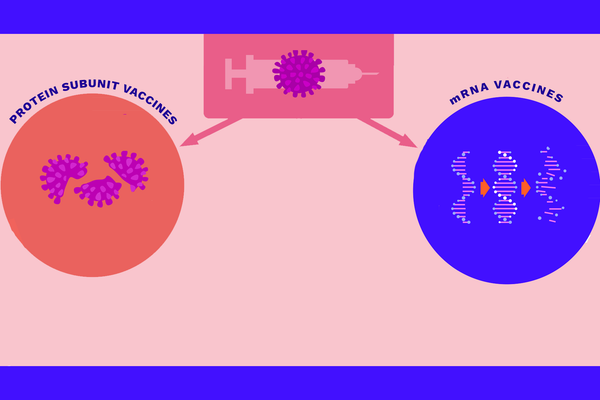By Ryan Liu, Penn State
Sitting barely 6 feet away from me, my patient yelled angrily, his face mask slipping to his upper lip: “No, I will not get vaccinated. And nothing you do or say will change that fact.” He provided no reason for why he was so opposed to the COVID-19 vaccine.
As a primary care resident physician working in an underserved area of Reading, Pennsylvania, I have seen patients of all age groups refusing to follow COVID-19 guidelines such as wearing a mask, social distancing or getting the vaccine.
Exposure in health care settings has accounted for a large number of infections. Early on in the pandemic, health care workers and their household members accounted for 1 in 6 patients ages 18 to 65 admitted to the hospital with COVID-19. Vaccines reduced that risk considerably, and by August 2021, the risk of infection to health care workers had been cut by two-thirds. According to the Centers for Disease Control and Prevention, less than 70% of the vaccine-eligible U.S. population is fully vaccinated, not accounting for the booster, although these numbers are changing.
When a patient refuses to get the vaccine, a health care worker usually gets involved to counsel that patient. This may take a considerable amount of time, and unfortunately, the results may not always be favorable. Many in the medical community believe that the onus is on the patient to get vaccinated, and if they do not do so, they should be seen as culpable for contracting COVID-19. One such example is the case being made to give lower priority for organ transplants to those willfully unvaccinated.
As new variants of COVID-19 emerge and pose threats to everyone’s health, doctors are struggling with their obligation to “do no harm” and their obligation to respect patient autonomy. Some wonder whether the two might even conflict with each other.
'Do no harm'
People who refuse to get vaccinated put the lives of doctors and nurses at risk. They also negatively affect the outcomes of other patients. Whether or not this is done with malicious intent, this refusal is a disregard for human lives. As much as physicians are directed to “do no harm” to the patient, they must also “do no harm” to everyone else.
Physicians respect the patient’s right to refuse treatment for their own illness, but may find it difficult to respect the patient’s right to refuse treatment for a contagious disease that can affect everyone else.
Ethical theories may help provide an understanding of the physician’s duties.
German philosopher Immanuel Kant developed the concept of an absolute, universal reason to act from duty. In this theory, it would appear that educating patients to get vaccinated is not just something physicians have the option to do, but something they have a moral duty to do.
While doctors cannot force the patient to get vaccinated out of respect for the patient’s ability to make informed decisions, doctors have a duty to educate their patients on COVID-19, the vaccine and the importance of protecting other patients and the general public.
Autonomy of patients
This also raises an important issue of patient autonomy. Autonomy is one of the pillars of bioethics, and it is the notion that the patient has the ultimate decision-making power. There is no denying that a patient’s decision-making responsibility is important. After all, patients want the best for themselves, and respecting their decisions is respecting their well-being.
However, some scholars are also discussing the idea that the doctor knows best. This concept, known as “paternalism,” is the idea that physicians ought to be the ones to ultimately make the decision for what is ethically right for the patient, as physicians know better. One example would be using soft materials to restrain the hands of an intubated COVID-19 patient if they become agitated and try to remove their breathing tube.
Just last year, some doctors made the case to mandate COVID-19 vaccinations for health care workers. This argument from doctors inevitably gets pushback from those who are anti-mandate, and the discord further divides the patient from the physician.
Scarce resources
Then there is the issue of who should get scarce lifesaving treatments: one who has been vaccinated or one who has refused the vaccine?
One example of this issue is the use of Paxlovid, a relatively new medication that can be prescribed in the outpatient setting for the treatment of COVID-19. The clinical trials initially treated those who were unvaccinated. Based on those studies, the pharmaceutical company Pfizer claims that Paxlovid is 89% effective in reducing the risk of hospitalization or death among study participants receiving treatment within three days of symptom onset. If there is one lifesaving medicine and two patients – one with breakthrough COVID-19 and one refusing to be vaccinated – which one should doctors prioritize?
There are other ethical implications from an insurance standpoint, in terms of who should bear the cost and whether the unvaccinated should pay a higher premium.
In my personal practice, I have been successful in changing people’s minds about the vaccine through education and counseling. But what patient autonomy should look like as we learn to live with COVID-19 and how the doctor-patient relationship might change are questions left unanswered. The conversations on these bigger issues are just getting started.![]()
Ryan Liu, Family Medicine Resident Physician, Penn State
This article is republished from The Conversation under a Creative Commons license. Read the original article.







